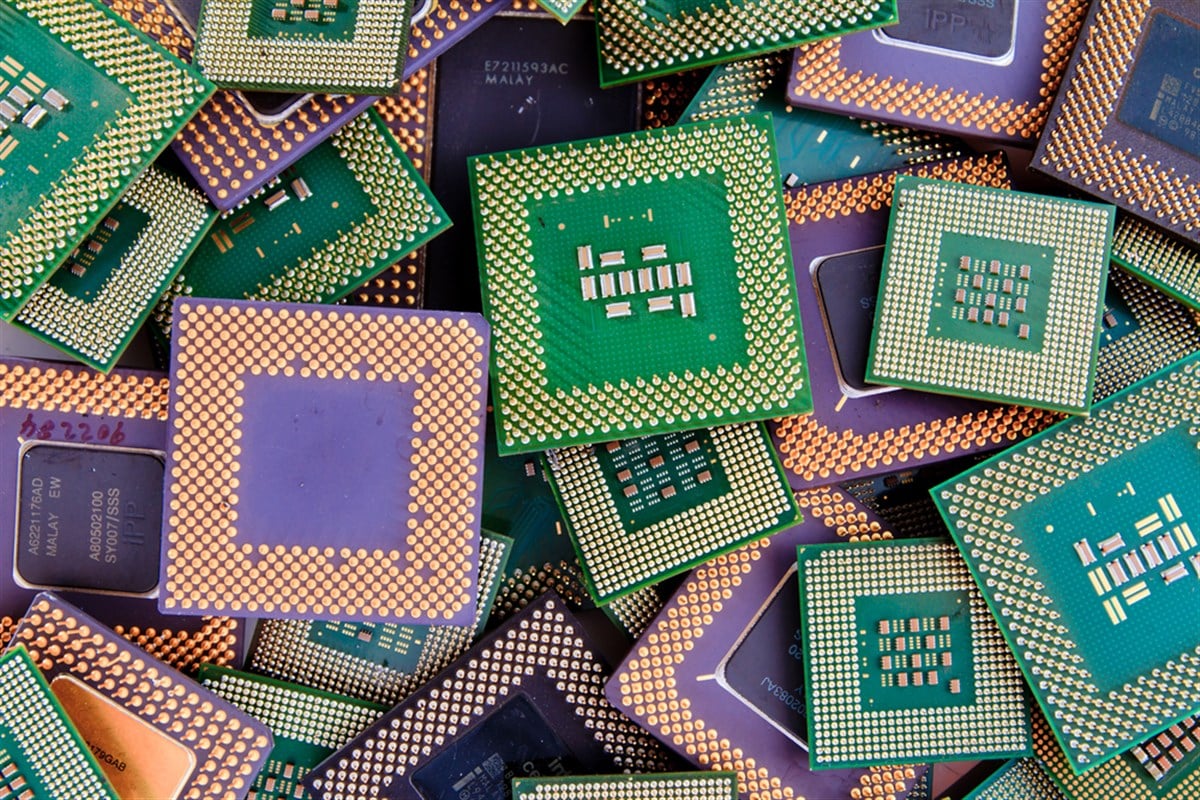
In an industry mostly categorized by growth rather than income, finding companies that offer a mixture of both can be valuable. Below are three semiconductor stocks that look to provide investors with dividend income and recently instituted notable increases in the amount they pay out. I’ll review each firm's dividend details and provide background on their businesses.
KLA: Equipment Giant on Track for 15th Consecutive Annual Dividend Increase
KLA (NASDAQ: KLAC), while it doesn’t make or design chips, sells equipment essential to producing them. Like ASML (NASDAQ: ASML), KLA is a specialist in the semiconductor manufacturing equipment industry. While ASML sells lithography equipment, KLA specializes in process diagnostic control (PDC) and metrology. These are not specific steps within the semiconductor manufacturing process like lithography but processes that occur within each step.
PDC essentially detects problems within the process and works to fix them. One of the main goals of this project is to increase the number of usable chips that manufacturers produce per silicon wafer. Metrology is the scientific study of measurement. In the context of semiconductors, KLA’s metrology equipment measures both the physical and electrical properties of wafers and other components during manufacturing. This is essential to the entire process to make sure that semiconductors are meeting their very precise design specifications. Electron microscopes are an example of a tool used in semiconductor metrology.
KLA announced a hefty increase to its quarterly dividend on Nov. 7. The figure now sits at $1.70 per share, representing an over 17% increase from the previous quarter. Assuming that the company pays that figure for four quarters, it gives the stock a dividend yield of 1.1%. It would represent the 15th consecutive year KLA has raised its annual dividend.
TSM: Industry Powerhouse Raises Dividend by Nearly Double-Digit Percentage
Taiwan Semiconductor Manufacturing (NYSE: TSM) is a company that buys KLA’s equipment. This proves true because publicly traded companies must explicitly disclose any customer that contributes more than 10% of their total revenue in their Form 10-K. KLA includes both TSM and Samsung Electronics (OTCMKTS: SSNLF), under “Customers” in its Form 10-K. Many view TSM as the world’s second most well-known semiconductor company, right behind NVIDIA (NASDAQ: NVDA).
TSM is exactly what its name says: a semiconductor manufacturer. This differentiates it from NVIDIA, which is a semiconductor designer. NVIDIA designs its chips but outsources its manufacturing to companies like TSM. TSM has become lauded due to its near-monopoly on the ability to manufacture the world’s most advanced semiconductors. These are the types of chips needed to power data centers and AI, allowing TSM to benefit significantly from the boom in those domains. TSM stock has provided a total return of 82% in 2024.
It also just decided to award investors with a significant increase in its dividend. The company announced it will raise its quarterly dividend from 63 cents per share to 69 cents per share, an increase of 9%. If paid for a whole year, it would give the company a dividend yield of nearly 1.5% at the current share price.
Power Integrations: Household Electronics Chip Stock Bumps Up Its Dividend
Power Integrations (NASDAQ: POWI) is much smaller than the other two giants on this list, with a market capitalization of just $3.5 billion. The company makes chips used for high-voltage power conversion. The most easily understandable form of this is converting the high-voltage electricity from a wall outlet to a low-voltage form used to power most household devices.
In 2023, chips made for these types of devices accounted for 68% of the company’s total revenue. However, it also derived 32% of its revenue from industrial use cases. This includes powering things like industrial control systems, renewable energy systems, and electric vehicles.
The company announced a 1-cent increase in its quarterly dividend to 20 cents per share. It represents a modest 5% increase. If paid for a whole year, the stock’s dividend yield would be just under 1.4% at the current price. The company has consistently raised its annual dividend payouts since 2008. Unfortunately for the firm, due to its lack of relevance to data centers and AI, it hasn’t been able to ride the wave that has sent some chip stocks soaring in 2024. On the year, it has provided a total return of -21%.
The article "Dividend Growth Meets Chips: Top 3 Semiconductor Stocks to Watch" first appeared on MarketBeat.







